Value-Based Pricing for Capital Equipment Manufacturers
Published On 8 July, 2023
The capital equipment manufacturing industry faces numerous pricing pressures ranging from intense market competition to changing technological demands, which can put profit margins under immense strain. At the same time, opportunities for growth and innovation present themselves to those companies able to align their operations with market needs strategically.
This article explores capital equipment manufacturers’ challenges and offers insights into leveraging value-based pricing strategies to increase profitability. By focusing on critical sources of value such as innovation, quality, sustainability, and customer satisfaction, manufacturers can not only navigate these complex challenges but also set themselves apart in a crowded marketplace.
Industry Challenges
Capital equipment manufacturers face various pricing pressures that negatively impact their profitability. Here are some of the most common forms of pricing pressures they experience:
1. Intense Competition:
Capital equipment markets can be highly competitive, with numerous manufacturers vying for market share. Fierce competition can lead to price wars and erode profit margins as companies try to undercut each other to win contracts.
2. Competition from Counterfeit or Unbranded Parts:
The availability of cheaper counterfeit or unbranded spare parts in the market can pose a significant challenge to OEM and aftermarket manufacturers. Customers may opt for these lower-cost alternatives, reducing the demand for genuine parts and affecting profitability.
3. Pricing Pressure from OEMs:
OEMs may pressure their spare parts suppliers to offer cheaper components. OEMs may view spare parts to maintain customer loyalty and, thus, demand favourable pricing terms, which can compress profit margins for spare parts manufacturers.
4. Contractual Obligations and Warranty:
Some OEM manufacturers may be bound by contractual agreements with OEMs, specifying specific pricing requirements or warranty support. These obligations can limit pricing flexibility and impact profitability.
5. Regulatory Compliance and Quality Standards:
Meeting stringent regulatory and quality standards can add to production costs for OEM spare parts manufacturers. Ensuring compliance may lead to higher expenses, which might be challenging to pass on to customers without affecting profitability.
6. Market Saturation:
Competition can be fierce in mature markets where many parts and aftermarket products are readily available. Oversupply can lead to price erosion, making it challenging for manufacturers to maintain attractive profit margins.
7. Changing Demand and Product Lifecycles:
As technology advances, product lifecycles may shorten, rendering some spare parts obsolete or less in demand. Manufacturers may need to reduce prices on older parts or develop new products to stay competitive.
8. Inventory Management:
Holding excess inventory can increase capital and lead to additional costs. On the other hand, maintaining low inventory levels may result in production challenges if sudden spikes in demand occur.

9. Price Transparency and Online Platforms:
Online platforms and price comparison websites make it easier for customers to compare prices quickly. This can pressure manufacturers to offer competitive pricing, potentially affecting profitability.
10. Global Economic Conditions:
Economic downturns or recessions can reduce demand for capital equipment as businesses and industries tighten their budgets. Reduced demand can lower sales volume and force manufacturers to lower prices to maintain sales.
11. Currency Fluctuations:
Capital equipment manufacturers often operate in global markets, and fluctuations in currency exchange rates can impact profitability. If a manufacturer’s domestic currency strengthens relative to the currencies of its export markets, it can make its products more expensive for international buyers, potentially reducing sales.
12. Supply Chain Disruptions:
Disruptions in the supply chain, such as raw materials or component shortages, can drive up production costs. If these costs are not passed on to customers, they can eat into profit margins.

13.Technological Changes:
Rapid technological advancements can lead to the obsolescence of older equipment and pressure manufacturers to offer competitive pricing for newer, more advanced products. This can impact their ability to recoup R&D costs and maintain profit margins.
14. Customer Negotiations:
Large customers, particularly in industries with high capital expenditures like manufacturing and construction, may exert significant bargaining power during contract negotiations. They may demand lower prices or favourable payment terms, putting pressure on the manufacturer’s profitability.

15. Commodity Price Volatility:
Fluctuations in the prices of commodities like steel, aluminium, or copper can impact the cost of manufacturing capital equipment. Sudden price increases can squeeze profit margins if manufacturers cannot adjust their pricing quickly.
16. Inflation:
General inflation can impact all aspects of a business, including labour, raw materials, and operating costs. Profitability can only improve if manufacturers increase prices in line with rising costs.
To remain profitable, capital equipment manufacturers must carefully manage their costs, innovate to differentiate their products, and navigate the challenges presented by the market and economic conditions. Specific pressures may vary depending on the industry and geographical region in which the manufacturer operates.

Sources of value:
Companies in the capital equipment manufacturing industry can leverage several sources of value to increase their profitability. By focusing on these value drivers, they can differentiate themselves from competitors, enhance customer satisfaction, and improve their financial performance. Here are some key sources of value they can utilise:
Innovation and Technology:
Investing in research and development to create cutting-edge and technologically advanced equipment can position a company as a leader in the industry. Innovative features, enhanced performance, and efficiency can justify premium pricing and attract customers seeking state-of-the-art equipment.
Product Quality and Reliability:
Delivering high-quality and reliable capital equipment can reduce customer maintenance costs and minimise downtime. Reliable equipment builds trust and loyalty among customers, making them more likely to choose the same manufacturer for future purchases.
Customisation and Flexibility:
Offering flexible product configurations and customisation options allow companies to cater to the specific needs of their customers. The ability to tailor equipment to meet unique requirements adds value and can justify higher pricing for specialised solutions.
Total Cost of Ownership (TCO):
Companies can focus on reducing their customers’ total cost of ownership. This includes aspects like fuel efficiency, reduced maintenance, extended service intervals, and improved durability, all of which contribute to lower operational costs for the end users.
After-Sales Support and Services:
Providing excellent after-sales support, spare parts availability, and maintenance services can enhance the customer experience. Reliable service and support can lead to customer loyalty, repeat business, and increased referrals.

Sustainability and Environmental Responsibility:
As sustainability becomes increasingly important to customers, manufacturing companies can leverage eco-friendly practices and develop green technologies. Environmentally conscious equipment can attract environmentally responsible customers and potentially command premium prices.
Global Reach and Local Presence:
Companies offering global reach with a strong local presence can provide customers better support, faster response times, and more tailored solutions. This adds value to customers operating in different regions and markets.
Industry Expertise and Training:
Companies can provide training and support to customers, ensuring they use the equipment optimally. Expert advice and training programs enhance the value of the equipment and contribute to the success of customers’ operations.

Partnerships and Collaborations:
Collaborating with other companies or forming strategic alliances can provide access to complementary technologies or markets, enabling companies to offer comprehensive solutions and expand their customer base.
Brand Reputation:
A strong brand reputation built on a history of delivering high-quality equipment and excellent customer service can increase customer trust and willingness to pay a premium for the brand.
By leveraging these sources of value, capital equipment manufacturers can differentiate themselves in the market, attract and retain customers, and ultimately increase their profitability. Companies must continually assess market trends, and customers must identify new opportunities for value creation and maintain their competitive edge.
The following case study examples will demonstrate how companies in the capital equipment industry can employ a value-based pricing strategy to generate earnings growth:
CASE STUDY 1:
Canon’s Value-Based Pricing Strategy and Profitability Enhancement
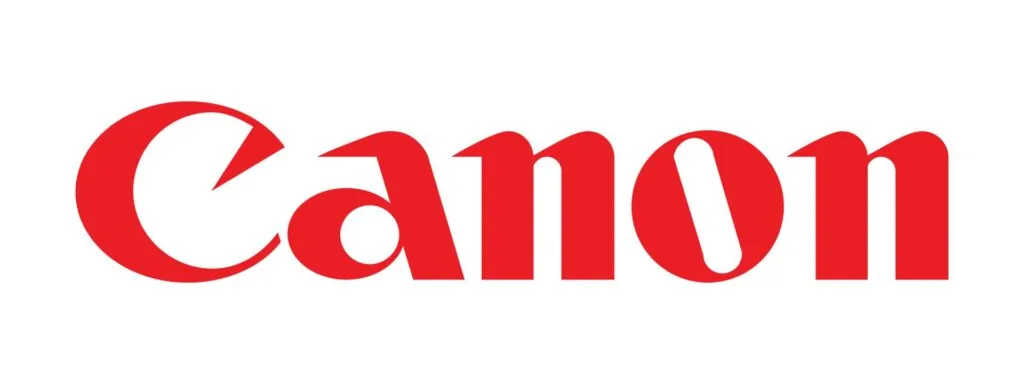
Challenges Faced by Canon:
In the early 2000s, Canon, a global leader in imaging and optical products, faced several challenges that impacted its profitability. The digital revolution reshaped the photography and imaging industry, leading to the decline of traditional film-based products. The rapid pace of technological innovation, increased competition, and changing customer preferences posed significant threats to Canon’s market dominance. These challenges called for a strategic approach to maintain profitability and remain relevant in the evolving market landscape.
Issues Affecting Profitability:
1. Competition and Price Pressure: Canon faced fierce competition from other digital camera manufacturers, leading to pricing pressure and eroding profit margins. Consumers had a wide range of options, making it challenging for Canon to command premium prices.
2. Market Saturation: The market for digital cameras was becoming saturated, with declining demand due to the proliferation of smartphones with built-in cameras. This affected Canon’s camera sales, impacting overall profitability.
3. Technological Evolution: Rapid advancements in imaging technology meant that Canon needed to invest in research and development to stay ahead continually. This required significant capital expenditure, affecting short-term profitability.
Opportunities and Threats:
1. Shifting to Value-Based Pricing: Canon recognised that competing solely on price was not sustainable. Instead, they saw a chance to differentiate themselves by focusing on value-based pricing. This strategy emphasised the unique value and benefits their products offered customers beyond just the features.
2. Diversification: Canon saw an opportunity to diversify its product portfolio beyond cameras into printers, photocopiers, and business solutions. This diversification offered the potential for new revenue streams and improved profitability.

Action Taken:
1. Value-Based Pricing Strategy: Canon shifted its pricing strategy from a purely cost-based approach to a value-based system. They began highlighting their cameras’ superior image quality, performance, and innovative features, positioning them as a premium choice for photography enthusiasts and professionals.
2. Investment in R&D: Canon continued to invest heavily in research and development to introduce innovative products that addressed evolving customer needs. This included advancements in image sensors, autofocus technology, and connectivity features.
3. Diversification and Business Solutions: Canon expanded its offerings to include a wide range of products for consumers and businesses. This diversification helped them mitigate the impact of declining camera sales and tap into new revenue sources.
4. Global Branding and Marketing: Canon focused on building a solid global brand through effective marketing and advertising campaigns. This helped maintain brand loyalty and attract customers who valued the quality and reliability associated with the Canon name.
Results and Impact:
Canon’s value-based pricing strategy, coupled with diversification and continuous innovation, had a positive impact on profitability:
1. Enhanced Perceived Value: By highlighting its products’ value, Canon could command premium prices for its cameras and other imaging products.
2. Revenue Growth: Diversifying into business solutions and expanding their product portfolio helped offset the decline in camera sales, leading to revenue growth.
3. Market Leadership: Canon’s focus on innovation and quality allowed them to remain a market leader in imaging technology.
4. Competitive Advantage: Canon’s emphasis on value over price helped them differentiate from competitors and establish a loyal customer base willing to pay more for their products.
Canon’s strategic shift to value-based pricing, diversification, and continuous innovation played a pivotal role in overcoming its challenges and improving profitability. This case study underscores the importance of adapting pricing strategies to market changes and leveraging unique value propositions to drive profitability in a competitive environment.
Case Study 2:
Kenworth Trucks’ Transition to Sustainable Trucking Solutions Through Value-Based Selling

Challenges Faced by Kenworth Trucks:
In the late 2000s, Kenworth Trucks, a prominent manufacturer of heavy-duty trucks, confronted a series of challenges stemming from environmental concerns, rising fuel costs, and increasing regulatory pressure. The traditional trucking industry faced heightened scrutiny due to emissions and environmental impact. These challenges demanded a strategic response from Kenworth to address sustainability concerns while ensuring profitability in the evolving trucking market.
Issues Affecting Profitability:
1. Environmental Regulations: Stringent emissions regulations required truck manufacturers to develop more environmentally friendly and fuel-efficient solutions. Meeting these regulations required substantial investments in research and development, impacting short-term profitability.
2. Rising Fuel Costs: Escalating fuel costs increased operational expenses for trucking companies. Kenworth needed to develop fuel-efficient solutions to attract customers seeking cost-effective, sustainable transportation options.
3. Competitive Landscape: Competition in the trucking industry intensified, with manufacturers vying to offer innovative solutions aligned with sustainability goals. Kenworth needed to differentiate itself to maintain market share and profitability.
Opportunities and Threats:
1. Sustainable Trucking Solutions: The shift towards sustainability presented an opportunity for Kenworth to develop eco-friendly and fuel-efficient trucks, positioning itself as a leader in providing environmentally conscious transportation solutions.
2. Value-Based Selling: Kenworth recognised an opportunity to employ a value-based selling approach, emphasising their sustainable trucking solutions’ long-term benefits and cost savings.
Action Taken:
1. Investment in R&D: Kenworth invested significantly in research and development to design and manufacture trucks that complied with emissions regulations and offered superior fuel efficiency. This allowed them to provide sustainable solutions while maintaining competitiveness.
2. Value-Based Selling Strategy: Kenworth adopted a value-based selling strategy, focusing on the total cost of ownership for customers. They highlighted their sustainable trucks’ fuel savings, reduced maintenance costs, and regulatory compliance, positioning them as a valuable long-term investment.
3. Partnerships and Innovation: Kenworth collaborated with technology partners to integrate innovative solutions such as hybrid powertrains and aerodynamic enhancements into their trucks. These partnerships enhanced the value proposition of their products.
Results and Impact:
Kenworth Trucks’ strategic approach and value-based selling led to several positive outcomes:
1. Eco-Friendly Branding: Kenworth’s sustainable trucking solutions positioned themselves as an environmentally responsible brand, attracting customers who valued sustainability and fuel efficiency.
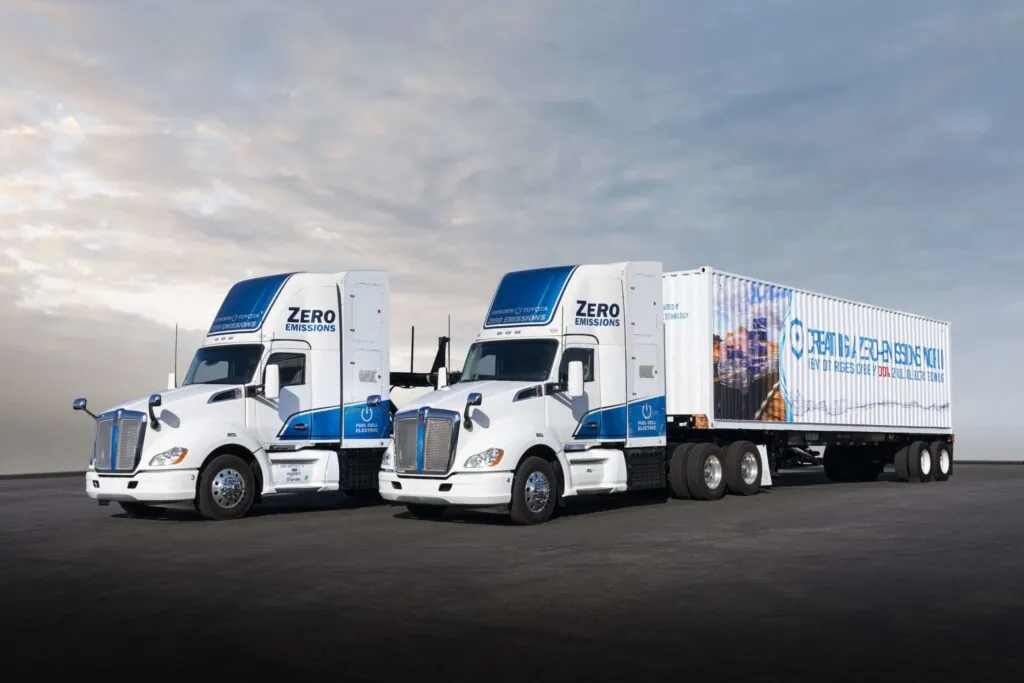
2. Customer Savings: By emphasising the long-term cost savings associated with fuel-efficient trucks, Kenworth captured the attention of cost-conscious customers looking to reduce operational expenses.
3. Regulatory Compliance: Kenworth’s commitment to meeting emissions regulations enhanced its reputation and allowed them to serve better customers operating in regions with strict environmental requirements.
4. Competitive Advantage: Kenworth’s sustainable trucking solutions and value-based selling approach gave them a competitive edge in a market increasingly focused on environmental and economic sustainability.
Kenworth Trucks’ strategic shift towards sustainable trucking solutions and a value-based selling strategy enabled them to address industry challenges and position themselves as a leader in providing environmentally conscious and cost-effective transportation solutions. This case study underscores the importance of adapting to regulatory changes, leveraging value-based selling, and embracing innovation to drive profitability and maintain competitiveness in a rapidly evolving market.
CASE STUDY 3:
Scania’s Journey to Sustainable Transport Solutions and Value-Based Selling
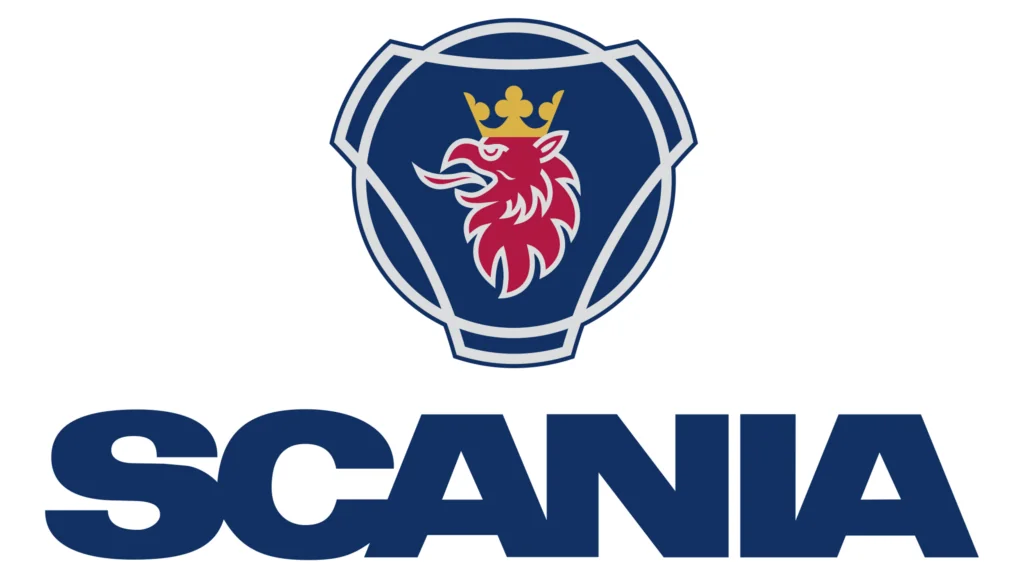
Challenges Faced by Scania:
In the early 2010s, Scania, a prominent manufacturer of commercial vehicles, confronted a series of challenges driven by the need for more sustainable and eco-friendly transportation solutions. Increasing concerns over greenhouse gas emissions, fuel efficiency, and regulatory pressures posed significant obstacles to Scania’s traditional heavy-duty truck business. These challenges called for a strategic transformation to address sustainability while maintaining profitability and market leadership.
Issues Affecting Profitability:
1. Emission Regulations: Stricter emission standards demanded the development of vehicles with reduced carbon footprints. Scania needed to invest in research and development to design engines that complied with these regulations while balancing cost-effectiveness.
2. Rising Fuel Costs: Escalating fuel prices adversely affected truck operators’ profitability. Scania needed to design and promote fuel-efficient vehicles to appeal to customers seeking to optimise operational costs.
3. Market Dynamics: The commercial vehicle market was evolving rapidly, with increasing competition and changing customer preferences. Scania needed to differentiate its offerings to maintain market share and sustain profitability.
Opportunities and Threats:
Sustainable Transport Solutions: The shift towards sustainability allowed Scania to develop innovative solutions, positioning themselves as pioneers in providing environmentally friendly and fuel-efficient commercial vehicles.
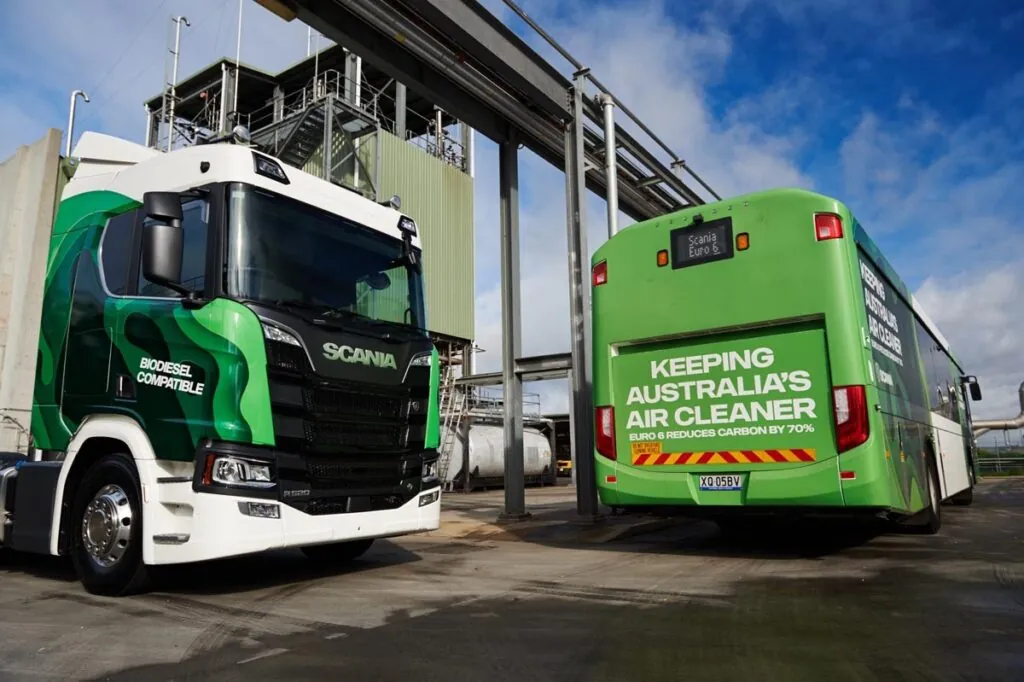
2. Value-Based Selling: Scania recognised an opportunity to employ a value-based selling approach, focusing on their sustainable transport solutions’ long-term benefits and cost savings.
Action Taken:
1. Innovative Engine Design: Scania invested heavily in developing advanced engine technologies, such as low-emission diesel engines and alternative fuel options like natural gas and hybrid powertrains.
2. Partnerships for Innovation: Scania collaborated with industry partners and technology providers to incorporate cutting-edge technologies like aerodynamic enhancements and predictive maintenance systems into their vehicles.
3. Value-Based Selling Strategy: Scania adopted a value-based selling strategy highlighting the total cost of ownership for customers. They emphasised fuel efficiency, reduced maintenance costs, and regulatory compliance as key benefits of their sustainable transport solutions.
4. Driver Training and Efficiency: Scania offered driver training programs to optimise fuel efficiency and vehicle operation, further enhancing customer value proposition.
Results and Impact:
Scania’s strategic approach and value-based selling had several positive outcomes:
1. Eco-Leadership: Scania’s commitment to sustainability positioned them as an industry leader in providing eco-friendly transport solutions, appealing to environmentally conscious customers and governments.
2. Customer Savings: By showcasing the long-term cost savings of fuel-efficient vehicles, Scania attracted customers seeking to minimise operational expenses.
3. Regulatory Compliance: Scania’s compliance with emissions regulations strengthened its reputation and allowed them to serve markets with stringent environmental requirements.
4. Competitive Edge: Scania’s sustainable transport solutions and value-based selling approach gave them a competitive edge in a market increasingly focused on sustainability and economic efficiency.
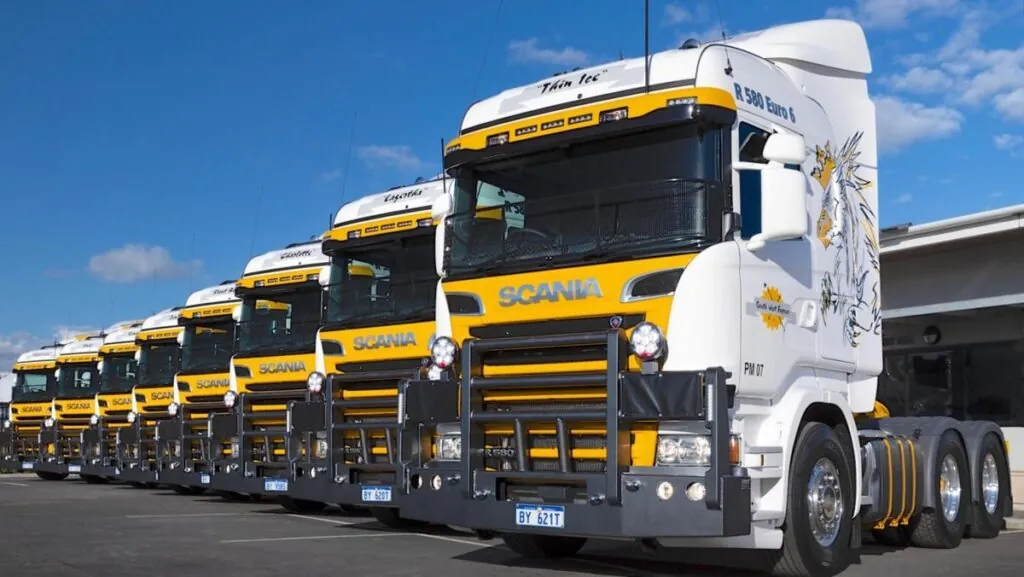
Scania’s transformation towards sustainable transport solutions and a value-based selling strategy enabled them to address industry challenges, position themselves as pioneers in eco-friendly transport, and maintain profitability. This case study illustrates the importance of adapting to regulatory changes, leveraging value-based selling, and embracing innovation to drive profitability and competitiveness in a rapidly changing commercial vehicle market.
Capital equipment manufacturers face significant price pressure, from global economic conditions to commodity price volatility. However, the path to profitability has opportunities. Manufacturers can build a competitive advantage by adopting a value-based pricing approach and focusing on the identified sources of value, including innovation, customisation, sustainability, and after-sales support. This shift towards value creation requires a keen understanding of market trends, customer needs, and the ability to adapt and innovate continually. Since price pressures are unlikely to diminish, capital equipment manufacturers that can master these elements will position themselves for long-term success and profitability.
Maximise Profitability with Expert Knowledge:
Improve your company’s bottom line by enrolling your sales and marketing teams in Pricing University. Teach them advanced skills of value-based pricing to



